Mastering Legal Document Management: Solutions for Common Challenges and Risks
In the contemporary legal environment, adept management of documents holds utmost importance for both law firms and legal departments. From protecting sensitive data to upholding adherence to regulatory norms, proficient handling of documents stands as a crucial factor for achieving objectives. Nonetheless, grappling with the intricacies of legal document management presents numerous hurdles and potential risks. In this piece, we’ll delve into prevalent challenges in legal document management and present practical tactics to surmount them while enhancing visibility on search engines. Embracing cloud-based solutions for legal document management heralds a revolutionary strategy to tackle these obstacles.
Written by Knowledge Team, posted on March 29, 2024
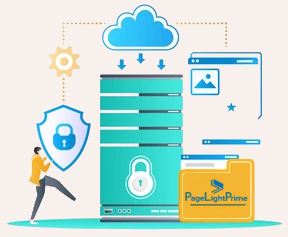
Security and Privacy: Building a Fortress Around Your Documents
Encryption
Utilize industry-standard encryption methods like AES to safeguard documents during storage and transmission.
Access Controls
Granular access controls restrict document access based on user roles, ensuring only authorized personnel can view, edit, or share sensitive information.

Regular Security Audits
Conduct periodic security audits to identify vulnerabilities and ensure adherence to best practices. These audits should encompass technical assessments and employee training programs.
Cybersecurity Awareness
Minimize human error by providing comprehensive training to legal staff on password management, phishing awareness, and data handling procedures.

Accessibility and Usability: Making Documents Findable and Functional
Seamless Cross-Platform Access
Enable legal professionals to access documents from anywhere with document management solutions compatible across devices and operating systems.
User-Friendly Interfaces
Choose document management platforms with intuitive interfaces and navigation for ease of use. Training sessions and user guides can further enhance adoption.

Cloud Storage Benefits
Leverage cloud-based document management systems for scalability, automatic backups, version control, and secure access from any internet connection.
Intuitive Search Functionalities
Implement advanced search capabilities like keyword search, metadata filtering, and full-text search for quick and efficient document retrieval.

Compliance and Retention: Staying Ahead of Regulations
Regulatory Adherence
Stay updated on legal and regulatory requirements relevant to document management, including data privacy laws, industry-specific regulations, and e-discovery rules.
Document Retention Policies
Establish clear policies for document retention and disposal based on legal requirements and organizational needs. Automate retention schedules within the document management system to ensure compliance.
Audit Trails for Transparency
Utilize document management systems with built-in audit trails to track document access, modifications, and sharing activities. Audit trails provide transparency and accountability for regulatory compliance and internal audits.

Collaboration and Communication: Working Together Seamlessly
Integrated Collaboration Tools
Enable legal teams to collaborate seamlessly through features like document editing, review, and approval directly within the document management system.
Real-Time Editing
Facilitate collaborative work with real-time editing capabilities within the document management platform, eliminating version control issues.

Task Management and Tracking
Implement task management functionalities to assign action items and deadlines within the system. Track task progress and completion to ensure accountability and timely project delivery.
Document Sharing Protocols
Establish clear protocols for document sharing, including permissions settings, access expiry dates, and secure sharing options. Educate users on best practices for secure external sharing while maintaining confidentiality.
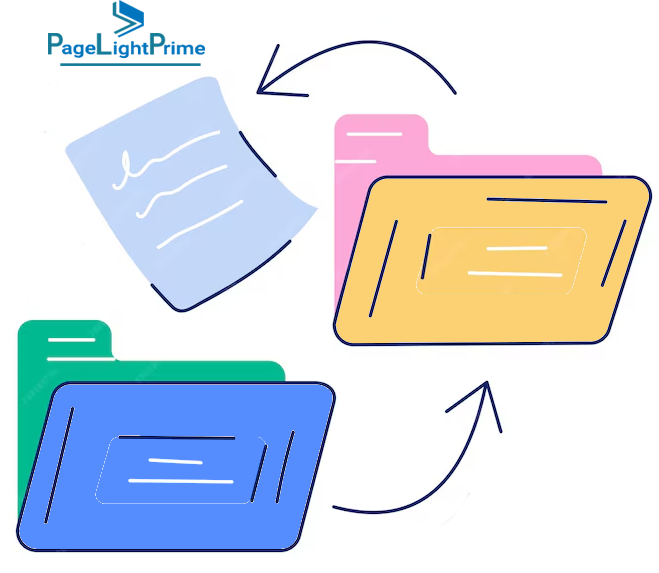
Optimization and Innovation: Driving Efficiency and Future-Proofing
AI-Powered Workflows
Explore AI and machine learning to automate routine tasks such as document categorization, metadata extraction, and content analysis.
Performance Metrics Analysis
Utilize analytics tools to track key document management metrics like document retrieval times, user engagement, and compliance adherence. Analyze these metrics to continuously improve and optimize workflows.

Feedback Mechanisms
Solicit feedback from legal professionals to identify areas for improvement and implement enhancements for user satisfaction and efficiency.
Embrace Emerging Technologies
Stay informed about emerging document management technologies like blockchain for secure document verification and digital signatures for electronic document authentication. Evaluate the potential benefits of integrating these technologies into your strategy.
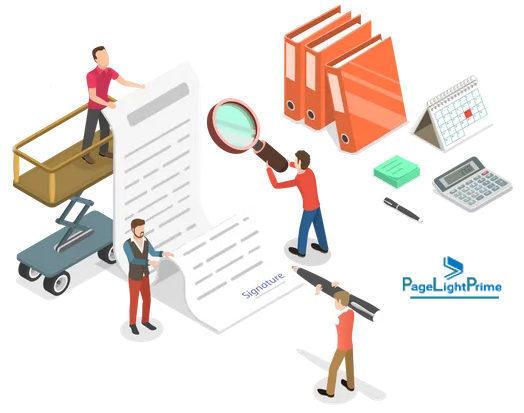
Additional Considerations: A Holistic Approach
Scalability Planning
Choose a document management solution that can accommodate future growth in document volumes and user numbers.
Integration Capabilities
Assess the system’s ability to integrate with other essential business applications like legal case management software, e-discovery tools, and accounting systems.

Disaster Recovery Planning
Develop comprehensive disaster recovery and business continuity plans to safeguard legal documents against unforeseen events.
Cost-Effectiveness Analysis
Conduct a thorough cost-benefit analysis to evaluate the total cost of ownership (TCO) of different document management solutions, considering initial setup costs, ongoing maintenance expenses, and potential ROI.

Enhancing Communication and Collaboration
Streamlined Communication Channels
Implement communication channels like chat functionality or discussion threads within the document management system for real-time team communication.
Centralized Document Repository
Utilize a centralized document repository within the system to ensure all team members have access to the latest versions and can collaborate effectively.
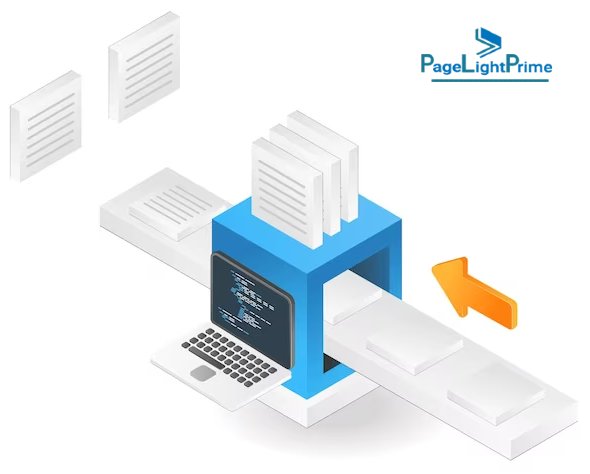
Version Control Mechanisms
Implement robust version control mechanisms to track changes made to documents over time and ensure everyone works with the most recent version.
Collaboration Best Practices Training
Provide training to legal professionals on effective communication strategies, conflict resolution techniques, and collaborative decision-making processes to empower teams to work cohesively and deliver high-quality outcomes.
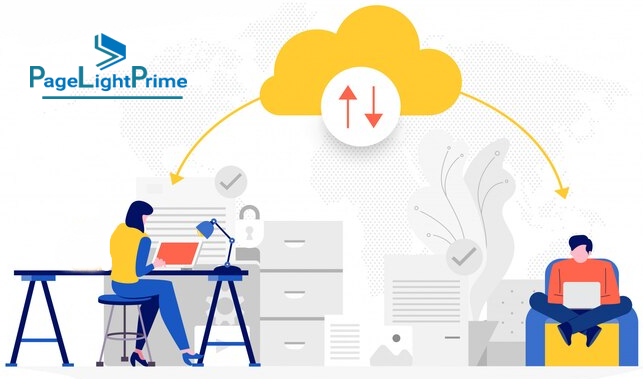
In conclusion, effective legal document management software requires proactive measures and strategic approaches to overcome challenges and mitigate risks. By prioritizing security, accessibility, compliance, collaboration, optimization, and continuous improvement, law firms and legal departments can achieve sustainable success in managing their documents while enhancing search engine visibility for relevant legal queries.
